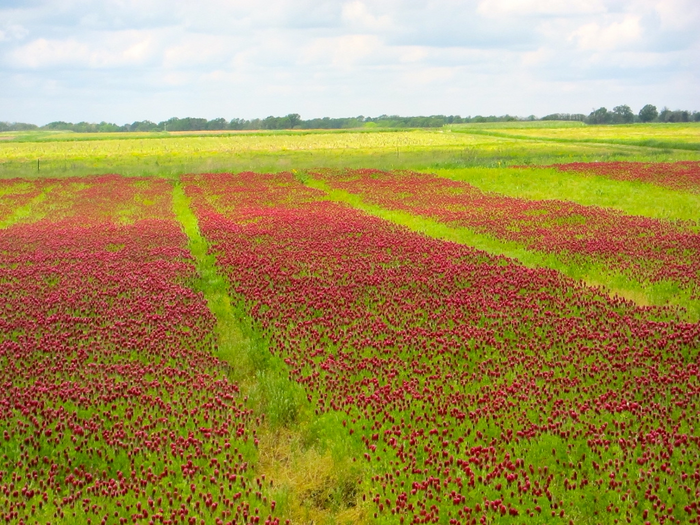Rob Myers, director of MU’s Center for Regenerative Agriculture, is leading a new $10 million grant project from the National Institute of Food and Agriculture, a federal agency within the U.S. Department of Agriculture (USDA), to support farmers and improve agriculture practices during severe weather and a warming climate.

Credit: University of Missouri
Rob Myers, director of MU’s Center for Regenerative Agriculture, is leading a new $10 million grant project from the National Institute of Food and Agriculture, a federal agency within the U.S. Department of Agriculture (USDA), to support farmers and improve agriculture practices during severe weather and a warming climate.
The project aims to help double the acreage of cover crops in the U.S. to 40 million acres by 2030. Cover crops — plants that are used to protect and improve soil during a time when other crops are not being grown — help reduce soil erosion, improve soil health, smother weeds, control pests and diseases, and improve biodiversity.
“It was really pivotal to get this funding because one of the biggest factors that could limit future growth in acres of cover crops is having an adequate seed supply,” Myers said. “We also really need improved varieties that are well-adapted to different regions, soil types and cropping systems, so that farmers can get maximum benefit from the cover crops they are using.”
The project involves collaboration among 14 MU faculty, 38 scientists from across the country, 17 states, 12 universities, three seed companies, the American Seed Trade Association, three USDA Agricultural Research Service locations and three USDA Natural Resources Conservation Service Plant Materials Centers.
“It’s exciting to see scientists from so many disciplines at MU collaborating with colleagues across the country on groundbreaking research,” said Mun Choi, University of Missouri president. “By bringing together animal scientists, crop scientists, soil scientists and agricultural economists, we can discover more effective solutions that will be transformational for farmers, Missourians and Americans nationwide. This project will add economic value to farms while our researchers work to preserve the soil that is so critical for future food growth.”
Along with doubling the seed production for cover crops and distributing them to farmers nationwide, Myers’ team will educate farmers about new varieties of cover crops and examine which types are best suited for different regions of the country, depending on geography, weather conditions and types of soil.
“This project will provide great collaboration with farmers and seed companies to provide new cover crop varieties helping protect and improve soils across the U.S.,” said Christopher Daubert, vice chancellor and dean of the College of Agriculture, Food and Natural Resources. “It’s the type of integrated effort involving research, extension and education that we strive to support through the College of Food, Agriculture and Natural Resources.”
Myers, who grew up on a farm in Illinois that uses cover crops, said the project has the potential to have an enormous impact on farmland across the U.S.
“Whether it’s cover crops or other plants, we tend to just notice the part of the plant we can see above the ground, but the roots below the ground are equally important. One challenge is that we currently don’t know a lot about how different varieties of cover crops perform with the growth of the roots because we can’t see it,” Myers said. “For this project, we will examine how different cover crop roots help put carbon in the soil, which is a helpful adaptation in the midst of climate change.”
The $10 million grant is the largest grant MU has earned from the USDA National Institute of Food and Agriculture. Myers recently earned a $25 million grant — the largest federal grant ever awarded to an MU faculty member — to help Missouri farmers adopt climate-smart practices.
“Agriculture is the largest industry in Missouri, and the experts we have here at MU are not only improving farming practices throughout the Midwest, but also across the country,” said Michael Williams, chair of the UM System Board of Curators. “MU research is critical to improving the health and well-being of Missourians, and these large grants are only awarded to scientists who have demonstrated they are among the best in the country.”




